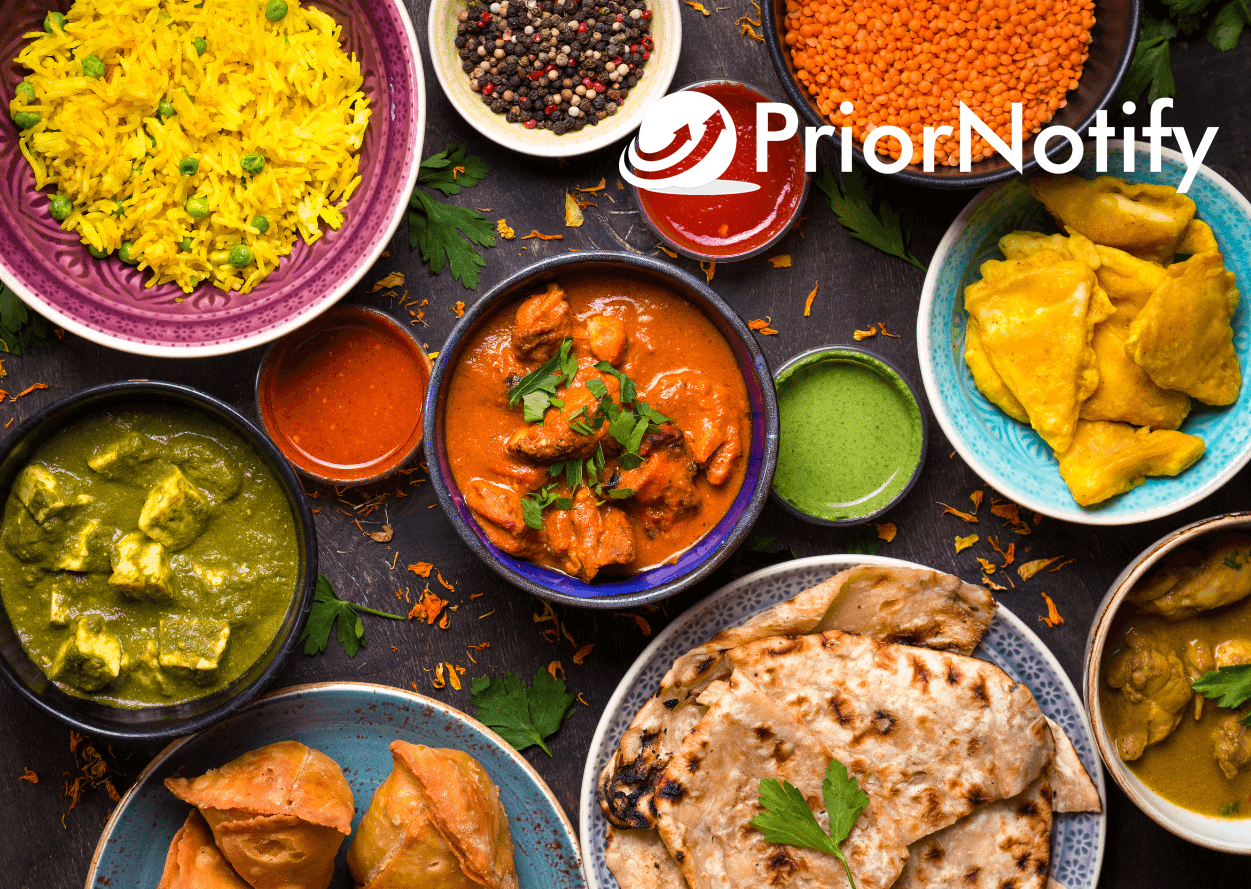America’s Love of International Food
Americans have voracious appetites for foreign foods and beverages! Those living in the United States can easily enjoy a wide variety of flavors from around the world, thanks to the globalization of business.
This interest in food transcends trendiness; it reflects a deep shift in how people view food in society.
According to Global Retail Brands Magazine, over 80% of Americans are aware of international food brands in their supermarket, with Gen Z and Millennials clambering for more international offerings.
There are a few reasons for this passion for international food. Let’s take a look!
A significant factor attributed to this expanded love of international cuisine is the growing diversity of American culture. The country’s melting pot of ethnic backgrounds and growing multiculturalism have elevated demand for a wide range of gastronomic experiences.
Pew Research reports that the United States was home to nearly 45 million people who were born in another country.
America has become a diverse tapestry of tastes through the importing of unique cuisines and customs.
Through this love of foreign cuisines, the United States remains a prime destination for international sellers of food and beverages.
Furthermore, Americans’ passion for foreign food is greatly influenced by their travel experiences. Pew Research reports that 76% of Americans have visited at least one other country, with 26% having visited five or more other countries.
People are going on culinary journeys all over the world, trying local specialties and cultivating a taste for authenticity as travel becomes more accessible. American’s increased exposure to the world expands their palates and makes them yearn for the same diverse flavors when they return home.
For many Americans, eating is an essential aspect of traveling, and the memories of those foreign meals and treats stay with them, encouraging them to look for similar flavors back home.
The growth of social media and food blogging is another factor contributing to the appeal of foreign cuisine in the United States.
Eating has become a visual experience thanks to social media websites like Instagram and Pinterest, which feature mouthwatering food from all around the world.
Did you know that there are over 600 million food blogs in the world? Americans are consuming food, but they are also contributing to a virtual food culture that is thriving on diversity, sharing, and exploration. People’s curiosity is piqued by these enticing photos and videos of delectable foods, and are inspired to try the cuisine of other nations in their own neighborhoods.
Targeting the American market is an easy decision that fits with these culinary trends for foreign food vendors with great potential rewards.
In 2022, U.S. consumers spent a total of $2.39 trillion on food. Of course, much of this comes from within the U.S. However, the portion that comes from international sources is quite high.
Businesses that offer distinctive and genuine international items have a lot of opportunities because of the size and diversity of the U.S. market.
Food and beverage sellers aware of the desire for unique flavors might adjust their marketing tactics to emphasize the authenticity and diversity of their products. This strategy capitalizes on American consumers’ need for a real, immersive culinary experience in addition to meeting their changing tastes.
Producers and vendors concerned about importing paperwork need not worry. Previously difficult and time-consuming paperwork for foreign food sellers is no longer an issue with PriorNotify. PriorNotify automates US FDA prior notices, making selling and shipping food and beverages to customers in the United States a breeze.
The interest that Americans have in foreign food and drink is a multifaceted and potentially profitable phenomenon that has its roots in cultural diversity, travel, and social media impact.
International food vendors can profit from this trend as the American palate continues to expand by catering to the rising demand for authentic international cuisines.
Sellers may gain a firm foothold in the hearts and kitchens of the insatiably curious American consumer by acknowledging the cultural mosaic that makes up American society and expanding their sales and shipments into the United States.









